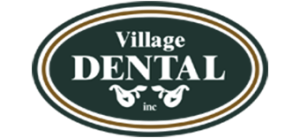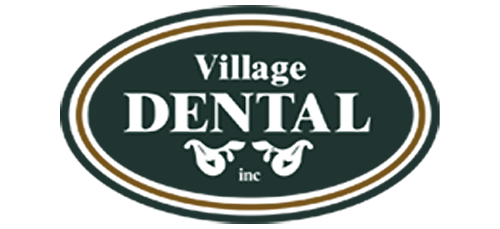Gingivectomy and Gingivoplasty

Gum disease is an inflammation of the gum line. There are three stages of gum disease: gingivitis, periodontitis, and advanced periodontitis. If left untreated, it can progress to eventually affect the surrounding bone that supports the teeth, possibly leading to tooth loss. Visit our office to get healthier teeth today.
Symptoms of gum disease
It can be difficult to tell the onset of gum disease, as it can be painless, so it is important to be aware of the following symptoms:
- Swollen, red, tender, or bleeding gums
- Receding gums or gums that move away from the teeth
- Persistent bad breath or a bad taste in the mouth
- Loose teeth
- Visible pus around the teeth and gums
Treatments for gum disease
There are several procedures for treating gum disease, depending on how advanced the condition is. Two of these are gingivectomy and gingivoplasty, both of which involve the removal of a certain amount of gum tissue in order to heal the effects of periodontal disease or to correct a gum condition.
Gingivoplasty
A gingivoplasty is the surgical reshaping of gum tissue around the teeth to correct deformities. In treating gum disease, a gingivoplasty eliminates periodontal pockets along with the reshaping. Gum disease often causes deformities in the gums, which can be conducive to the buildup of plaque and food debris. Reshaping or recontouring the gums with a gingivoplasty helps to prevent this accumulation of harmful plaque and bacteria. It is done using a periodontal knife, scalpel, rotary coarse diamond stones, electrodes, or laser. The treatment is often done alone, but can also be done along with a gingivectomy or gum graft (which adds tissue to the gum line).
Gingivectomy
A gingivectomy is a procedure for the total removal of a portion of the gum (gingiva) to treat gum disease. It can also be performed to lengthen the height or width of a tooth or a section of teeth. A gingivectomy can be completed with a surgical scalpel or low-frequency laser. The diseased tissue is trimmed and removed, and the remaining gums are reattached in and around the teeth using sutures (stitches). The area is then cleaned using saline and special rinses. A local anesthetic is used for this surgical procedure.


